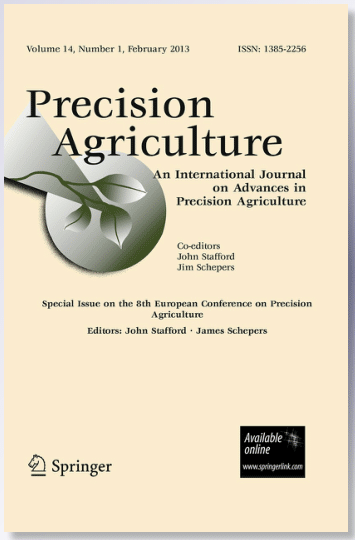Diversifying high-input, monocropped landscapes like the US Corn Belt would provide both economic and ecosystem service benefits to the agricultural landscape. Decision support systems (DSS) and digital agriculture could help farmers decide if diversification is suitable for their operation. However, adoption of DSS by farmers remains low, likely due to lack of farmer engagement before and during the DSS development process. This study aimed to better understand the tasks, tools, and people involved in implementing farmland diversification with the goal to inform design of agricultural DSS. Semi-structured interviews were conducted with 11 farmers who had diversified their corn/soybean cropland with government-supported conservation programs (e.g., CRP, wetlands) and alternative crops (e.g., small grains, pasture) in the past four years. Interview data was transcribed and then analyzed using affinity diagramming. Results show farmers needed DSS to layer multiple sources of data and observations over several years to identify field productivity trends and drivers; spatial orientation of practices to fit management and field constraints; matching operation goals to alternative practices; financial planning and market exploration; and information on promising emerging practices like subsidized pollinator habitat. However, the interviews also highlighted structural barriers to diversification that DSS cannot or can only partially address. These included social pressures; market access; crop insurance policy; and quality of relationships with governmental agencies. Results indicate better DSS design can empower individual farmers to diversify cropland, but structural interventions will be needed to successfully diversify the agricultural landscape and support economic and ecosystem health.



